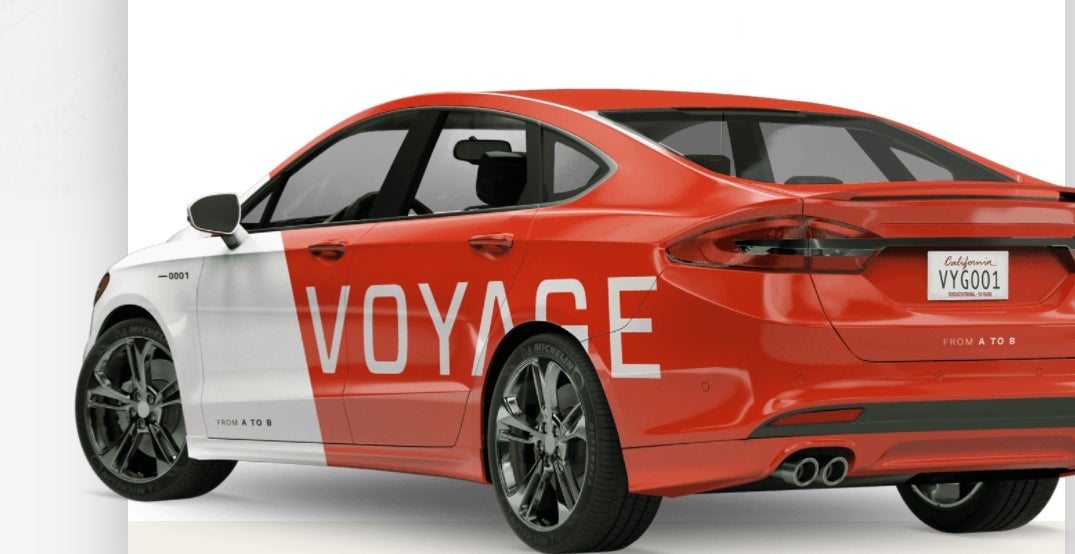There’s a new self-driving taxi startup to challenge Uber, Tesla, and Detroit
In late 2016, online education startup Udacity began offering a course training students to work on self-driving cars. The cost was $2,400, and the benefit was a potential boost into one of the most highly-sought talent pools in Silicon Valley.


In late 2016, online education startup Udacity began offering a course training students to work on self-driving cars. The cost was $2,400, and the benefit was a potential boost into one of the most highly-sought talent pools in Silicon Valley.
Just a few months later, Udacity VP Oliver Cameron is spinning out a new startup with three other Udacity employees, a self-driving taxi company called Voyage. The company has received funding from Khosla Ventures, Initialized Capital, and Charles River Ventures, while Udacity also has stake in the company. Rather than building cars from scratch, Voyage will retrofit models that are already on the market into autonomous vehicles, outfitting them with sensors and computing platforms.
It seems almost inconceivable that the four-person team from Udacity could build the tech to power their own startup in such a short amount of time, but Cameron says that cheaper and better sensors, improved mapping, and open-source algorithms have laid the groundwork for self-driving cars the same way that cloud storage has made it easier to build a website.
“Imagine 20 years ago wanting to deploy a website. It took millions and thousands of hours of work,” Cameron said in an interview. “Then the cloud (AWS eventually) came along and took those responsibilities away and let folks focus on building core product. We’re close to an AWS-like moment in AVs, where there’s a huge ecosystem forming around solving some of the many problems, letting us focus purely on autonomy and a real product.”
But Voyage enters a market with staunch competition—Uber, recently beset with PR woes, has dedicated an entire lab to autonomous rides, and Elon Musk has often alluded to a service where Tesla owners could allow their autonomous cars to make them money by giving rides when not in use. Even Mercedes is explicitly trying to develop self-driving taxis. Ford is throwing massive amounts of research at the problem.
Current state legislation in California, where Voyage is based and will begin to operate, requires a safety driver in the driver’s seat who can take control of the car. However, Voyage doesn’t want passengers to get used to having safety drivers around and is optimistic that laws change in a couple years.
“We are designing the car with no safety driver in mind. When we deploy, which is soon, the driver won’t be communicating with passengers unless they say hello,” Cameron says.